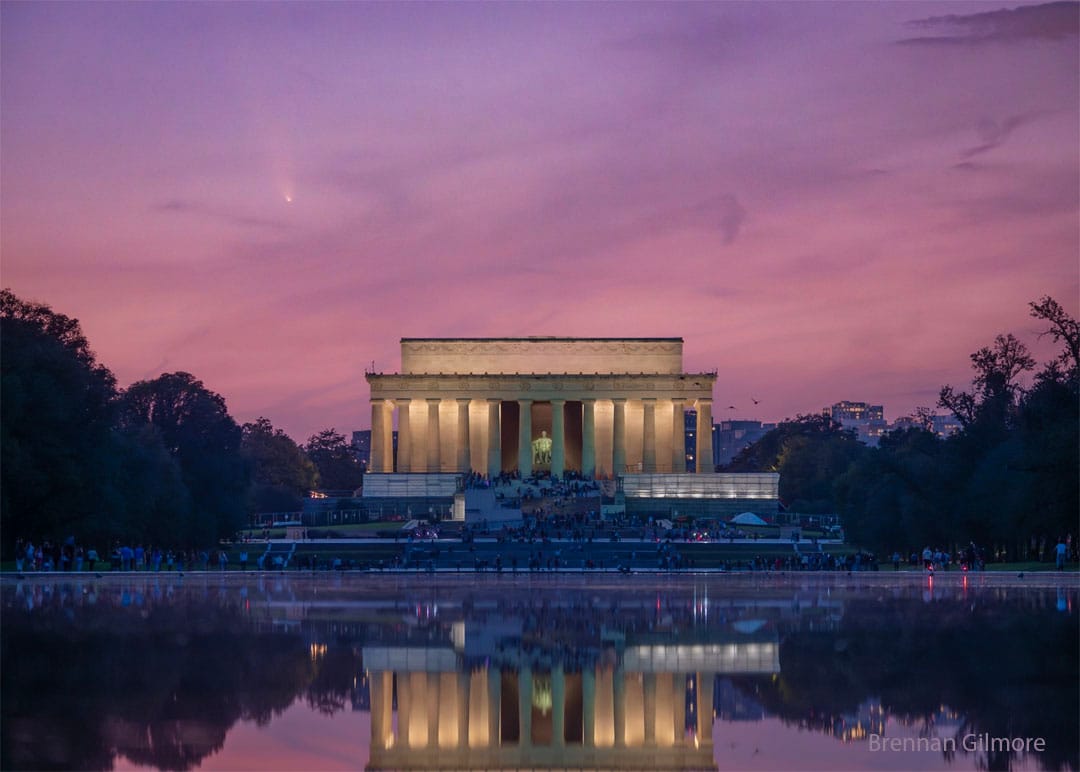Friday, October 18, 2024
Good morning and welcome back. Today I thought I'd start with a look at some old computer stuff, then work through a few other topics before finishing off strong with a photo of an astronomical phenomenon. Here we go.
Item 1: a link

In late 2005, tech visionary and MIT Media Lab founder Nicholas Negroponte pulled the cloth cover off a small green computer with a bright yellow crank. The device was the first working prototype for Negroponte’s new nonprofit One Laptop Per Child, dubbed “the green machine” or simply “the $100 laptop.” And it was like nothing that Negroponte’s audience — at either his panel at a UN-sponsored tech summit in Tunis, or around the globe — had ever seen.
After UN Secretary-General Kofi Annan offered a glowing introduction, Negroponte explained exactly why. The $100 laptop would have all the features of an ordinary computer but require so little electricity that a child could power it with a hand crank. It would be rugged enough for children to use anywhere, instead of being limited to schools. Mesh networking would let one laptop extend a single internet connection to many others. A Linux-based operating system would give kids total access to the computer — OLPC had reportedly turned down an offer of free Mac OS X licenses from Steve Jobs. And as its name suggested, the laptop would cost only $100, at a time when its competitors cost $1,000 or more.
At the time I was fascinated and obsessed with this thing. Not that I had any need for it, being an adult who already owned a functional laptop, but I loved the concept and the big, bold vision of extending the promise of a connected digital world far beyond the cloistered, privileged few who were already benefiting from the web and small, personal computing devices. (In retrospect, we should have all just waited a few more years for smartphones to take care of this.)
And then what happened? Well, you may have noticed that kids all around the world are not playing Fortnite against each other on neon green crank-powered laptops. OLPC couldn't actually manage to hit the $100 price point, and their aggressive promotion of the effort probably just highlighted the market opportunity to experienced computer hardware manufacturers. A couple of years later, Asus released a cheap little computer called the Eee PC that turned out to be the first of a popular category called "netbooks" (you may remember them as the laptops you bought that were too slow to do anything, with screens that were too small to show anything).
Back in 2018, The Verge took a close look at the immense potential and utter disappointment that was the One Laptop Per Child initiative. The story is really more about how everyone thinks OLPC was a complete failure, but actually they had a great impact on the world even though their laptops never really took off.
But actually it sort of seems like OLPC was pretty much a failure and in all likelihood we would have ended up with the real one laptop per child anyway.
Item 2: a list
Hawaiian Major Islands, Ranked:
- Maui
- Niʻihau
- Hawai’i
- Kaua’i
- O’ahu
- Lānaʻi
- Kahoʻolawe
- Moloka’i
Item 3: a media recommendation
Mr. Mister - Broken Wings
Item 4: word of the week
Spolia
That Quiznos used to be a Pizza Hut. That Best Buy used to be a Circuit City. That Supreme x Dress Barn pop-up used to be a Blockbuster Video. There are spolia everywhere for those with eyes to see.
Item 5: a photograph

See ya!
Thanks for reading, folks. Keep an eye out for that comet. See you next week.
Member discussion